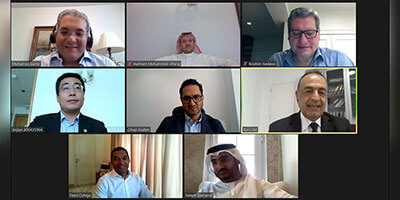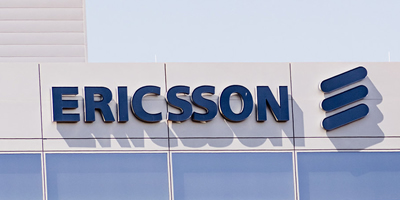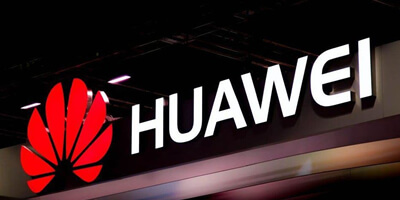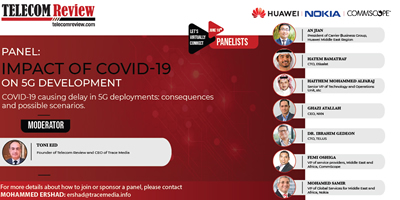The first part of the panel highlighted the causes of delay in 5G deployment and the consequences on the industry, namely on operators and vendors. Toni Eid, Founder of Telecom Review and CEO of Trace Media, who was the panel’s moderator, steered the conversation to know all of the panelists’ opinion.

Reports and Coverage
How telcos respond to unprecedented demand
By Hazem Galal, partner, Global Leader for Cities & Local Government, PwC Middle East and Rahul Puri, regional sales head, MEA, STL
What would have happened if 5G was already deployed everywhere?
The last part of the panel answered a futuristic question. How the response to COVID-19 would have been if 5G was already deployed? An Jian, President of Carrier Business Group, Huawei Middle East Region mentioned China as an example of how 5G helped in the intervention to counter the pandemic.
Digital identification: a gateway to digital inclusion
By Hicham Saoud, Head of BSS Consulting & Digital Government, Sofrecom
Ericsson expects 190m 5G users by year end
Ericsson has increased its estimate for the number of global 5G users by the end of 2020, from 13 million to 190 million in its latest instalment of the Ericsson Mobility Report.
Ensuring a digital recovery
The best business strategy is the one that can turn a mess into a success story. What businesses have learned so far from the COVID-19 crisis is that digital transformation was key to overcome the challenges brought about by the pandemic. With a new normal in the horizon, ICT companies should leverage the current situation to come out of it stronger and more resilient.
Huawei CFO fights US extradition in Canada with new defense
Huawei’s Chief Financial Officer, Meng Wanzhou, raised a new argument which accused the Canadian police and border agents of colluding with the FBI.
Cloud computing and remote working: A match made in heaven
From the infinite scale of modern business to the rapid response to COVID-19 enabling millions of people to work remotely, it’s hard to imagine a world without cloud technology. At no other point in time has there been such a need for the availability of IT resources enabled by the cloud than during this coronavirus pandemic.
Telecom Review announces its first virtual panel
The first virtual panel by Telecom Review will address the delay in 5G development caused by the novel coronavirus and the ensuing impact on operators and vendors, in addition to how 5G played an important role in the fight against COVID-19.
The immersive future of video conferencing
As we have all been confined to our homes over the past three months due to the novel coronavirus pandemic, video conferencing has become the ultimate new alternative to face-to-face interactions.
















